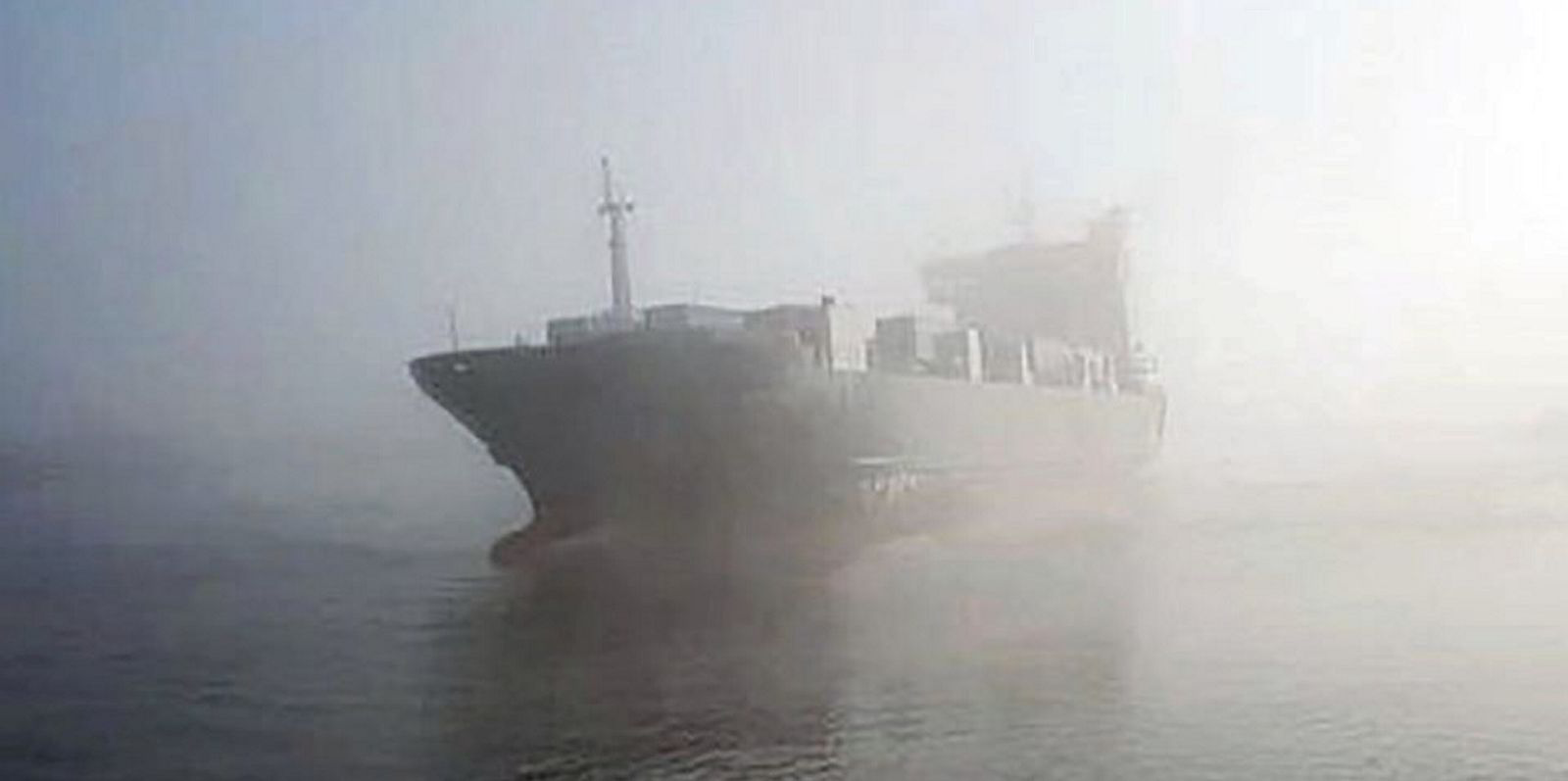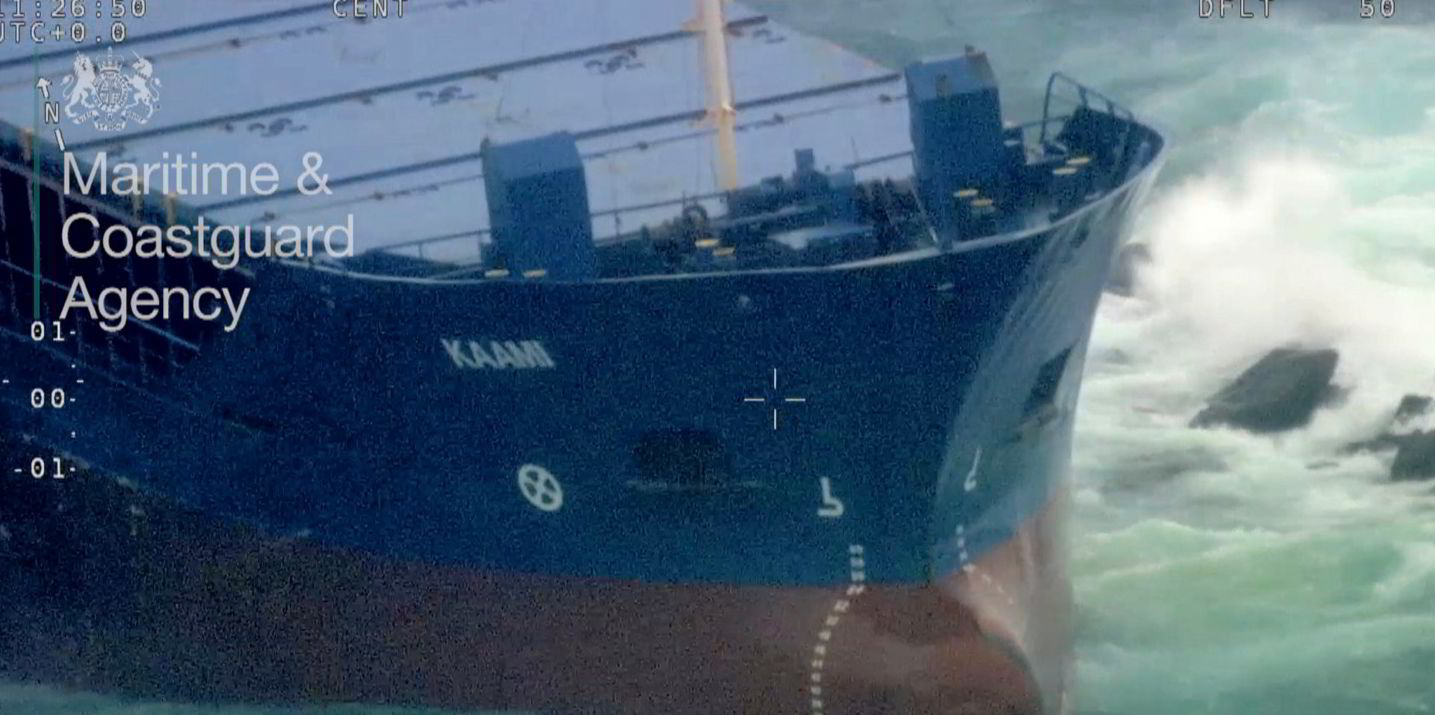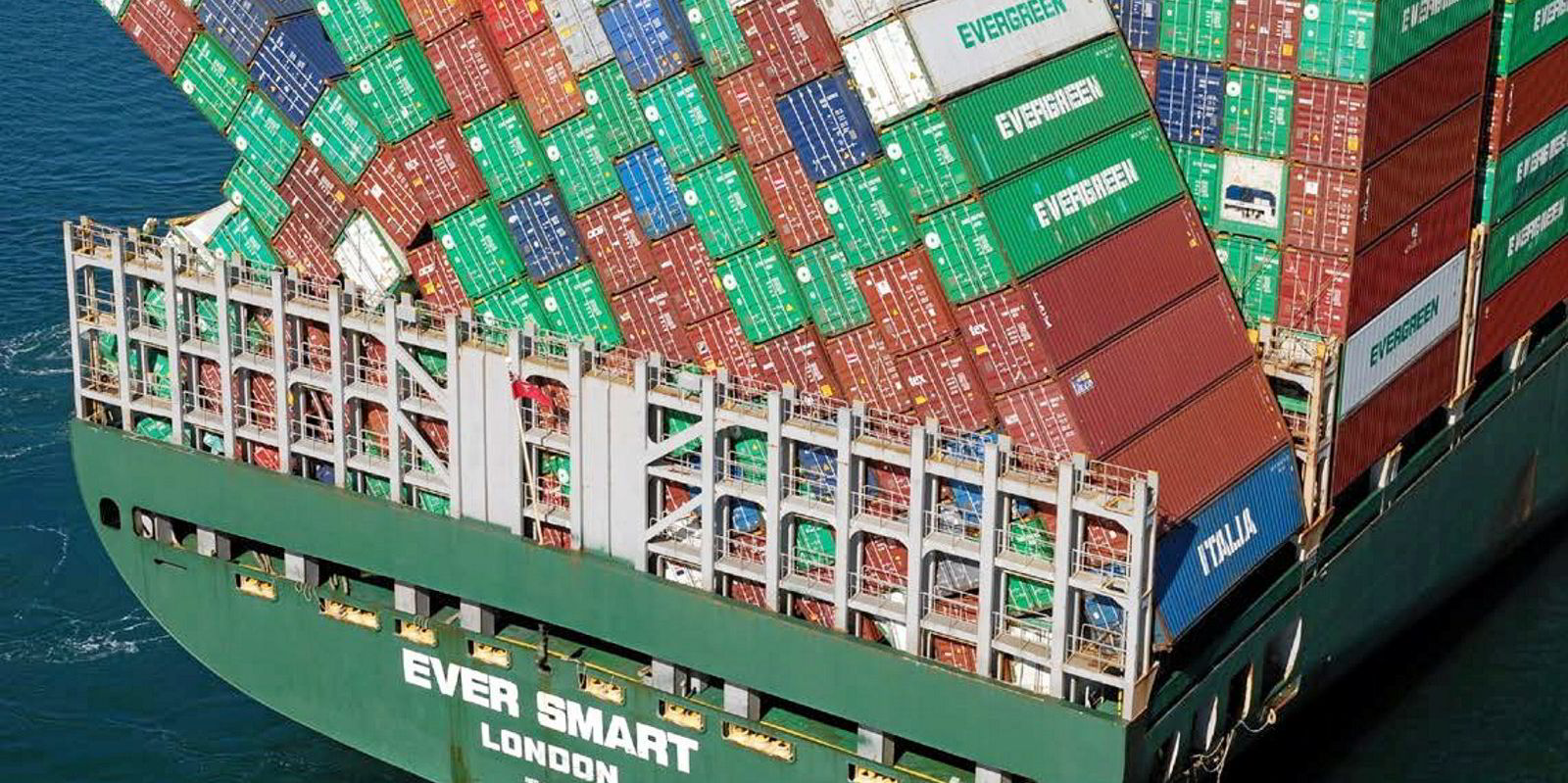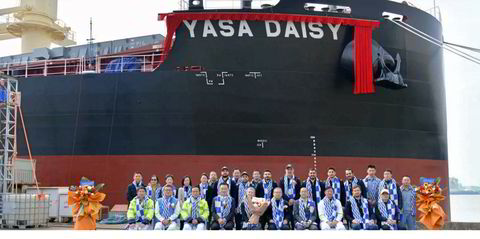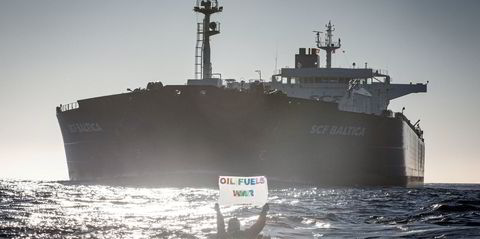Lack of preparation left a deck officer "overloaded" as a Seatruck Ferries ro-ro grounded in fog off Scotland last year.
The 1,057-lane-metre Arrow (built 1998) was holed while entering Aberdeen harbour on 25 June 2020, the UK Marine Accident Investigation Branch (MAIB) said.
There were no injuries or pollution, and the vessel was successfully refloated 45 minutes later.
But the ship suffered significant damage, including the splitting of ballast tanks, and was out of action for a month.
The Arrow had arrived overnight in thick fog from Lerwick in the Shetland Islands, an accident report said.
The probe found the bridge team was not fully prepared for pilotage in restricted visibility and that bridge resource management (BRM) was poor.
Lack of planning
"There was no effective shared mental model of the pilotage plan and the vessel's progress along it," MAIB said.
A deck officer provided by the ship's charterer had been brought on board to steer the vessel, as a pilot exemption certificate (PEC) holder.
He was navigating by radar and steering the vessel himself, while receiving limited support from the remainder of the bridge team.
"He became overloaded in the fog that enclosed the Arrow a few minutes before it entered Aberdeen’s 70-metre-wide navigation channel and, while trying to correct a deviation to the north of the planned track, he overcorrected to the south," MAIB said.
The overcorrection was not noticed by the bridge team in time to avoid the grounding.
The report found the navigation techniques used did not provide the Arrow’s bridge team with an accurate view of the available safe water in the Aberdeen approach channel.
Officer was used to more support
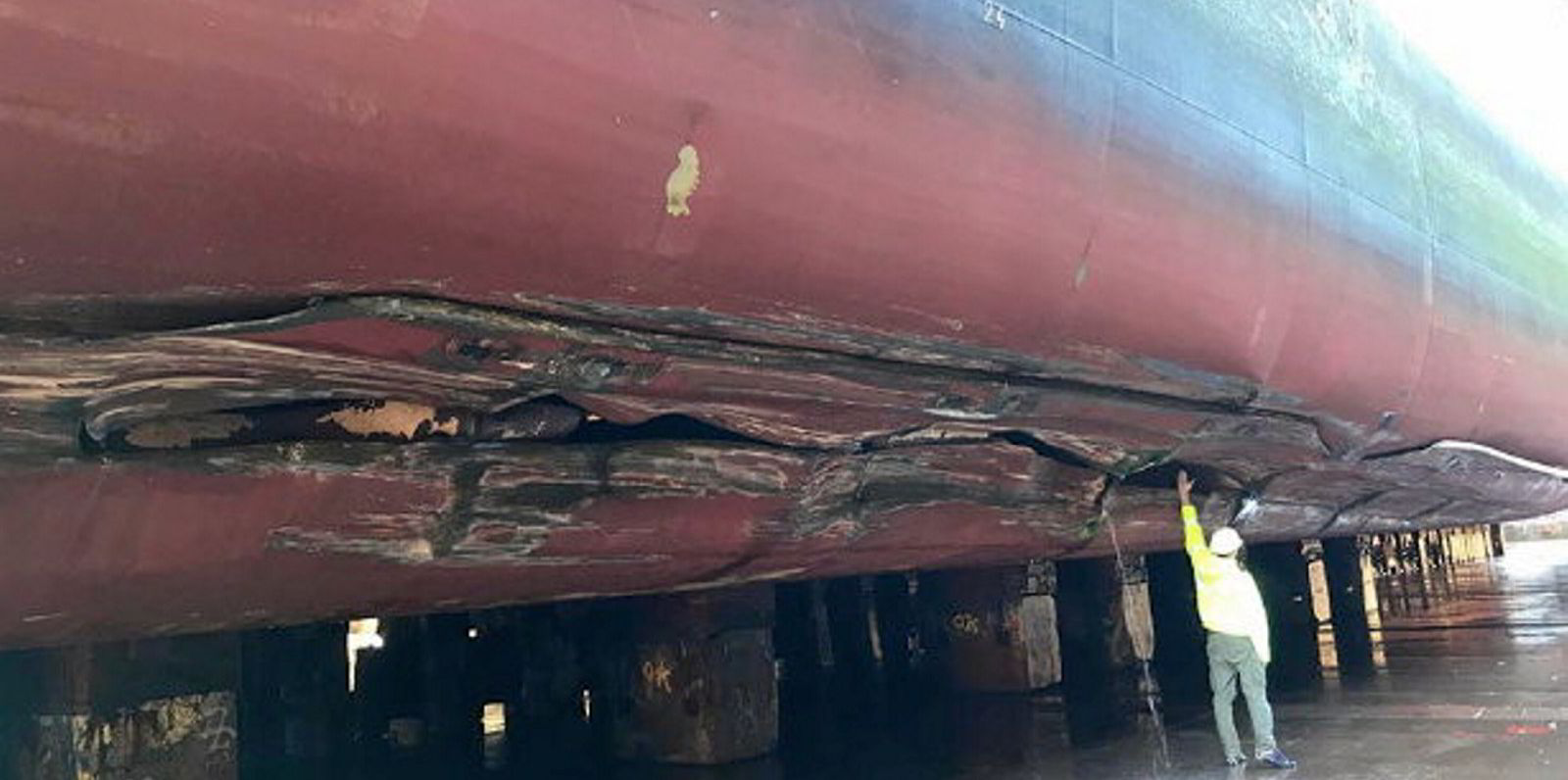
The PEC holder was on board because it was impractical for the ferry’s deck officers to obtain and maintain PECS themselves for all ports routinely visited.
Although he had worked with the team on the Arrow for several days, the PEC holder was used to operating in a more rigorous BRM environment and had probably become accustomed to more support when conducting pilotage, MAIB said.
"Without any full-team pre-entry brief, the PEC holder did not express any concerns he might have felt over the BRM in place and, as a relatively junior officer, did not feel able to challenge the organisation he found himself in," the report added.
Bigger workload in the fog
This led to the PEC holder conducting many of the key functions himself. In good visibility, this had not been an issue, but in poor visibility the workload was significantly higher.
MAIB said the master retained responsibility for the safety of the ship, even with a pilot or PEC holder engaged, and should have ensured both effective workload distribution and monitoring of the passage by the remainder of the bridge team, including himself.
This is the fourth accident since 2018 involving vessels managed by Seatruck Ferries that has resulted in a published MAIB report.
The company has since undertaken a number of actions designed to improve the safe navigation of its vessels in pilotage waters.
Alistair Eagles, chief executive of Seatruck Ferries, told TradeWinds in a statement: "We welcome the publication of the report into the grounding of the Arrow in restricted viability.
"Lessons have been learnt and steps taken by both Aberdeen Harbour Board and Seatruck Ferries."
